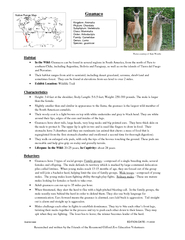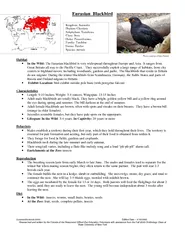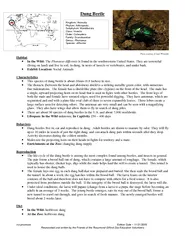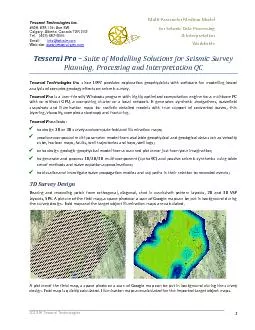PDF-Guanacoaaa EDITION DATE: 7/1/2009 Researched and written by the Frien
Author : sherrill-nordquist | Published Date : 2015-08-02
Guanaco Photos courtesy of Kate Woodle Habitat In the Wild Guanacos can be found in several regions in South America from the north of Peru to southern Chile including
Presentation Embed Code
Download Presentation
Download Presentation The PPT/PDF document "Guanacoaaa EDITION DATE: 7/1/2009 Resea..." is the property of its rightful owner. Permission is granted to download and print the materials on this website for personal, non-commercial use only, and to display it on your personal computer provided you do not modify the materials and that you retain all copyright notices contained in the materials. By downloading content from our website, you accept the terms of this agreement.
Guanacoaaa EDITION DATE: 7/1/2009 Researched and written by the Frien: Transcript
Download Rules Of Document
"Guanacoaaa EDITION DATE: 7/1/2009 Researched and written by the Frien"The content belongs to its owner. You may download and print it for personal use, without modification, and keep all copyright notices. By downloading, you agree to these terms.
Related Documents














![Read ebook [PDF] Texas Criminal and Traffic Law Manual Judicial Edition 2021-2023 Edition](https://thumbs.docslides.com/1019121/read-ebook-pdf-texas-criminal-and-traffic-law-manual-judicial-edition-2021-2023-edition.jpg)